What Is the Importance of PCB Capacitor?
By:PCBBUY 03/30/2024 11:34
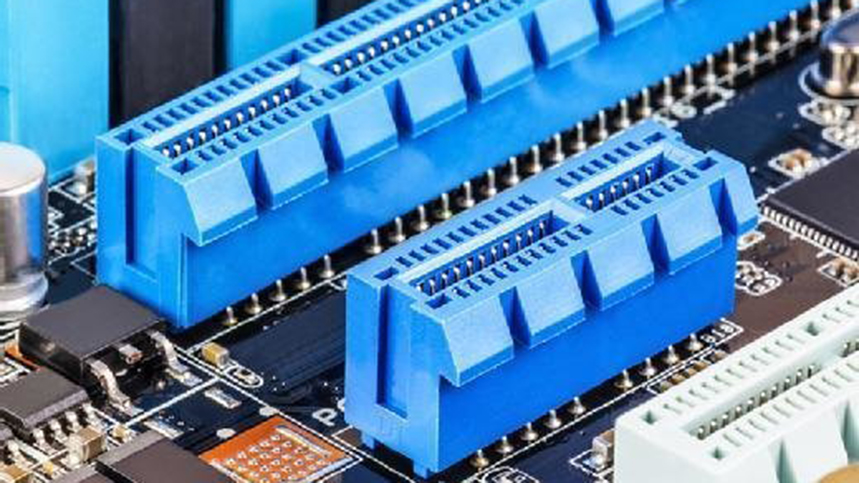
In a way, capacitor can be thought of as small battery. However, the working between both of these is quite different, batteries and capacitors store electrical energy. If you've read about the work of batteries, you'll know that two terminals are present in the battery. Inside battery, electrons are produced on a single terminal through chemical reactions and then they get absorbed on other terminal.
In this passage, if you are curious about PCB capacitor, please check and read the content below for more information of PCB capacitor.
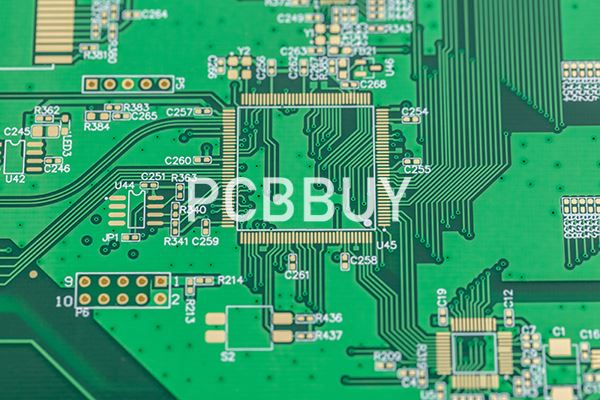
What Is the Importance of PCB Capacitor?
To ensure that all capacitors are removed prior to processing, the DEEP is requesting the establishment of a check station which will inspect white goods and other electrical items as they are accepted at any designated solid waste area. Each station will be responsible for inspection these items commonly found to contain PCB capacitors and for removing, storing, and disposing of these capacitors at a chemical waste landfill.
Oil-filled or running capacitors are predominantly, but not exclusively, found in air conditioners, fluorescent light ballasts, dehumidifiers, microwave ovens, submersible pumps, mercury vapor lamps, copy machines and electrical control panels. Oil capacitors are less commonly found in refrigerators, washing machines, dryers and fans. The procedures for identification, removal, storage and disposal of PCB small capacitors are contained in the following sections of this guide.
Special attention should be given to safety precautions listed in the removal procedures. Certain appliances contain strong acids which can cause serious burns if their reservoirs are ruptured.
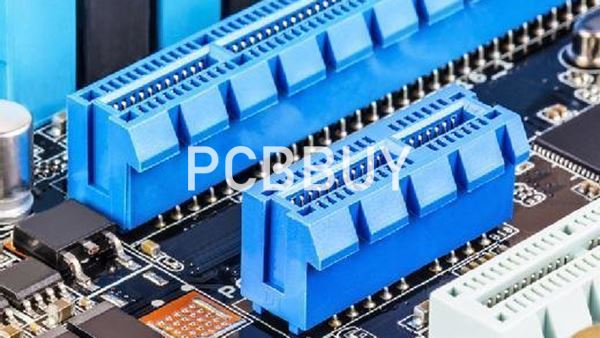
What is the work principle of PCB capacitor?
Generally, PCB capacitors have two major functions. They store electric charge and allow alternating current to flow while withholding direct current. Also, PCB capacitors will charge and discharge electricity in an electric field. So, how do they work?
Capacitors start working with a charge. Electric current flows into a capacitor and stays in the first plate. Why does it remain on the first plate? It remains there because the insulator won’t allow negative charge in. As more electrons remain in the first metal plate, the plate becomes negatively charged. This plate pushes away the excess electrons to the other plate. The second plate will now be positively charged
The two metal plates continue to charge. However, the positive and negative electrons would try to come together. Then, the insulator in the middle of the two plates prevents this from happening. The capacitor will continue storing electric charge. This is because there is continuing tension between the negative and positive sides of the metal plates.
At a point, the metal plates will no longer be able to store a charge. So, what happens at this point? If your PCB has a path for flow of electric charge, all the electrons in the capacitor will discharge.
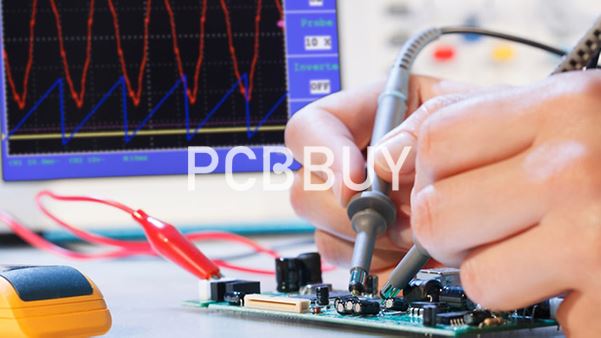
How to identify PCB capacitor?
Electrical equipment containing fluid was originally designed to work with this type of refrigerant. Their concentrations of PCB congeners exceed 40%, that is, they have more than 400,000 ppm of PCB. We can use three ways to identify them: by the identification plate, by their age, and by the density of the fluid. This method is only used in Argentina for a quick determination during PCB exports.
The relative density of fluids is from 1.3 to 1.54 (being water=1), therefore they are heavier than water. With the appropriate personal protection equipment, a sample of Askarel is taken with a disposable pipette and poured into a test tube with water. The drops of Askarel will be deposited at the bottom of the tube by its density.
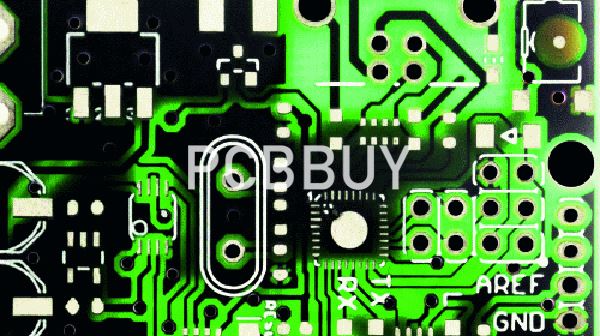
Capacitors are utilized in different circuits. Choosing the component of your capacitor for your PCB design using just the value for the capacitance is not usually enough in the majority of applications. Just like the resistor components, the capacitors also possess tolerance factors. There is a variation in a capacitor component’s actual capacitance. This is based on the process of manufacturing, aging, DC biasing, and the operating temperature.
Therefore, the tolerances of the capacitance must be considered when choosing the component for your capacitor. The variation in price between the high and low tolerance capacitors also varies considerably. However, if price isn’t an issue for you, then we advise that you choose a capacitor having a tolerance below 10%. For the majority of low power circuits, having 10% or even 20% as tolerance is sufficient.
Industry Category











